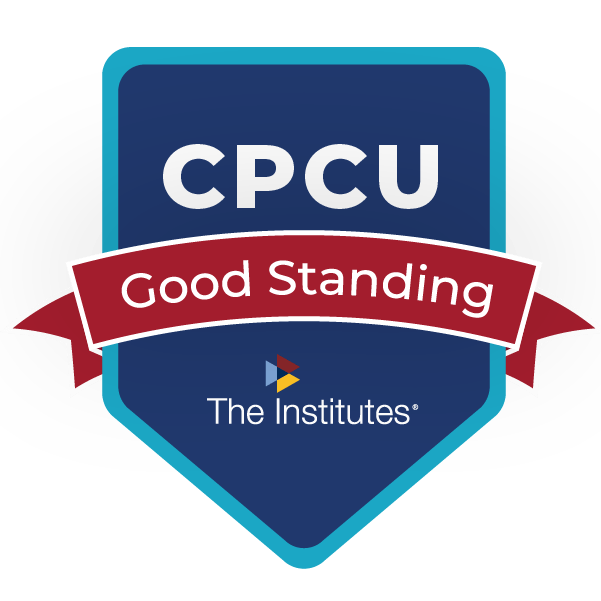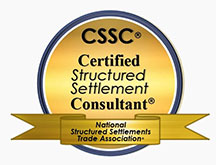Quantifying Life
June 4, 2014 – When I began my insurance career more than thirty years ago, I started out as a Homeowners Claims Examiner.
Then, as today, the job involved investigating a policyholder’s claim for damages and, once coverage was verified, paying the claim subject to any limitations, policy provisions and company procedures.
If hail damaged a policyholder’s roof, it was fairly easy to ascertain that claim’s value since contractors usually charge the same amount of money for any given job give or take.
Square footage times price per square foot equals value of claim.
If a policyholder had a television set or audio equipment stolen during a burglary, pricing suitable replacements was equally straightforward.
While there might be occasional points of disagreement, generally the insureds were satisfied with their resolution since they had many reference points for valuing tangible items.
They knew what it would cost them to buy a suitable replacement in the marketplace.
 When it comes to placing value on human life following a covered liability loss, however, the claims professional’s job is significantly more daunting.
When it comes to placing value on human life following a covered liability loss, however, the claims professional’s job is significantly more daunting.
Marketplaces for replacement people do not exist and placing value on sorrow is an infinitely less precise task.
Catastrophic claims involving high profile litigation where large numbers of plaintiffs are involved pose special challenges and often involve the services of a “special master” – an authority appointed by a judge to ensure rules and orders are followed and parity is achieved – to dispense settlement funds.
Today’s CNNMoney article about the recent General Motors Recall highlights some of the challenges the special master can face.
When an accident results in the loss of life, structured settlements are a superior method of providing aid and comfort to the survivors.
While no amount of money can ever adequately compensate someone for the loss of someone dear, structured settlements can, at a minimum, permit some semblance of financial normalcy following the tragedy.
If the decedent was the principal wage earner for the family, arranging for cash flows to replace lost income can help ease some of the stress the family will face moving forward.
Structured settlements can also even help prevent a second catastrophe from occurring.
The dangers of large cash lump sums awards are well documented. Simply put, when money is available, the temptation to spend it is often too great to resist.
Add to that the guilt many people feel for having money when a loved one was killed and emotions can overwhelm a person rendering sound decision making problematic.
Take the New York Post story from 2005 about Kathy Trant – a 9/11 widow who, in less than four years, burned through nearly $5 million in donations and Victims Compensation Fund proceeds.
Fortunately, most of us will never be in a position to know how we might respond under similar circumstances.
Sadly, though, the world is imperfect and people sometimes die from injuries sustained in an accident leaving behind survivors tasked with the charge of continuing on.
Our jobs as claims, settlement consulting and legal professionals is to do everything possible to ensure survivors are fairly compensated for their losses.
Fortunately structured settlements are available to aid us in helping clients make that difficult transition to life after such devastating losses.
With unique features that provide guaranteed income which is 100% tax-free with no management fees or expenses, structured settlements are the ideal choice for these types of claims.
Structured settlements won’t bring someone back. But they help honor the memory of those lost and should be considered on claims involving fatalities.
Posted: June 4, 2014 | by dan | Category: Articles, Blog, Structured Settlements



















